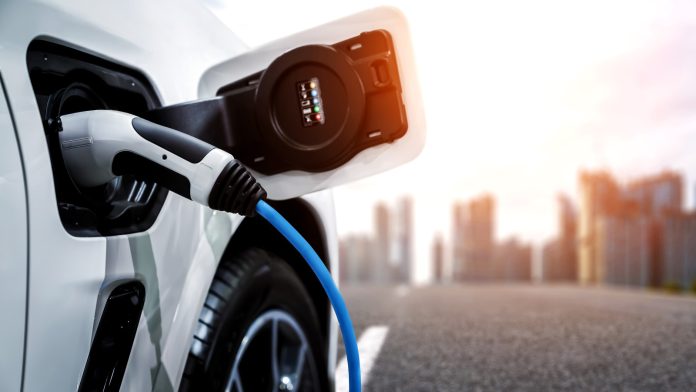If you’re one of the millions who have considered purchasing an electric vehicle, you’ve undoubtedly already been aware of the confusing network of issues surrounding chargers. It’s a big question with excessive responses, most of which start with “it depends.”
For more than a century, gasoline has been the primary fuel used to refuel automobiles. Diesel or ordinary, mid-grade, or premium gasoline are the available varieties. But the refueling procedure is rather simple, everyone knows how to do it, and it takes approximately five minutes to finish.
Refueling electric vehicles, which means recharging, takes more time and effort for electric cars. This is true for various reasons, including that each electric car has a different maximum power capacity. The charging time of an EV is determined by the level of EV charging, power delivery, and cable length.
1. Plugged-in or Hardwired EV Charger
EV chargers come in plug-in and hardwired varieties. With plug-in systems, you can easily take the charger out to use it elsewhere or even send it back for a replacement if there’s a problem. Hardwired chargers must be unplugged and removed by an electrician because they are permanently attached to the wall.
The plug-in charger is exactly what it sounds like; it simply plugs into a wall outlet. Installation may not be necessary if you already have a compatible wall outlet on hand. The only difference between a plug-in charger and your laptop charger is that a plug-in charger should be kept from being attached and disconnected continuously.
A hardwired charger is highly advised if you intend to charge your EV outside. As with any electrical item used near water, a plug-in charger could offer serious shock and fire threats in the case of rain or erratic weather if it is not properly shielded.
Read also : Benefits of Smart Building Automation Systems in Hospitals
2. Cable Length
A proper EV charger cable is an important component for your electric vehicle. Depending on the kind of EV charging station you have, you might need to have an EV cable close at hand to let you stay mobile. Many owners of electric vehicles need clarification on the idea of selecting a suitable charger cable for their EV due to the wide variety of EV charging cables offered on the market.
EV chargers come with wires that can range in length from 12 feet to 25 feet. Pick one with a cable long enough to reach your car’s charging connection from any parking location. Obtain a cable that is at least 20 feet long.
3. Levels of EV Charging
Level 1 Charging
Level 1 charging makes use of a standard 120-volt household outlet. By connecting the charging equipment to a regular wall outlet, any EV or plug-in hybrid can be powered on Level 1 of the charging system. Level 1 charging is the slowest method. It adds 3 to 5 miles of range per hour.
Plugged-in hybrid cars perform well using level 1 charger due to their smaller batteries, having capacity less than 25 kWh. Since EV batteries are much bigger, charging of level 1 is slow for daily charging unless the EV is not used for long daily drives.
Level 2 Charging
Level 2 is the most often utilized charge level for daily EV charging. At home, at work, and in public locations like malls, railway stations, and other places, level 2 charging equipment can be placed.
Level 2 charging can add from twelve and eighty miles of range per hour, depending on the energy output of the Level 2 charger and the car’s maximum charge rate. So, what are you waiting for? Buy some best EV chargers Dubai and get great experience of long mileage.
Level 3 Charging
Level 3 charging is the fastest type available, capable of recharging an EV at highest rate. Although level 1 and 2 EV chargers uses AC current, but level 3 uses DC current. The voltage of level 3 charger is also much higher than other chargers and that’s why you don’t normally see level 3 chargers at your home. Because level 3 chargers can be located at the places with higher voltage.
4. Power Delivery:
Your EV charger should be able to deliver at least 32 amps (7.7 kW) and preferably 40 amps (9.6 kW) to the vehicle. We recommend this because, even if your current EV can’t handle that much power, the next one you get will certainly be able to, and you’ll future-proof your garage by getting the right charger now.
5. Smart or Dumb
Smart EV chargers include apps that allow the owner to review charging sessions, supervise real charging, start/stop a charging session, plan to charge, set up plug-in alerts, and more. Dumb chargers can’t do anything other than charge your EV. When the battery is full, dumb chargers stop charging.
Read also : Comprehensive guide to the point-to-point fiber network
Where to find the best EV charger
Are you looking for the best EV chargers at affordable rates? There are numerous options in the market from where you can purchase the best EV chargers. You can also explore EV chargers for different varieties of chargers and other smart technology products for electric vehicles.


